Panic Room (2002) is a thriller film directed by David Fincher, known for his work on Fight Club and Se7en.
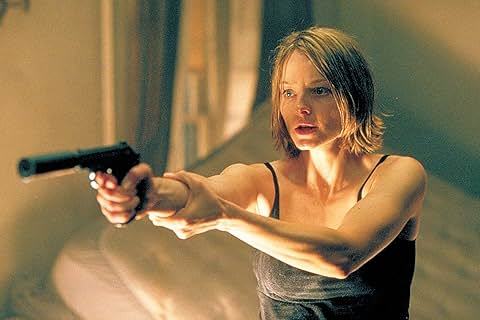
“Panic Room” (2002) is a suspenseful thriller directed by David Fincher, renowned for his mastery of the psychological thriller genre, as seen in his previous works like “Fight Club” and “Se7en.” The film centers on a tense home invasion scenario that unfolds almost entirely within the confines of a single house, showcasing Fincher’s ability to build claustrophobic tension and suspense.
The story follows Meg Altman (Jodie Foster) and her daughter Sarah (Kristen Stewart), who have recently moved into a spacious brownstone in New York City after Meg’s divorce. The house is equipped with a state-of-the-art “panic room,” a hidden, fortified space designed to protect its occupants in case of an emergency. The room is impenetrable, with concrete walls, its own ventilation system, and a surveillance network monitoring the entire house.
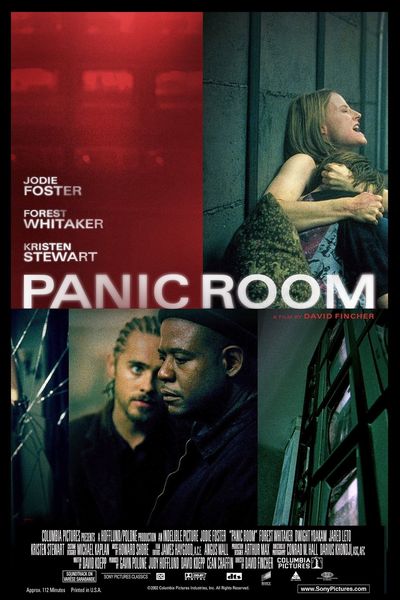
On their first night in the new home, Meg and Sarah are suddenly thrust into a life-threatening situation when three burglars break in, unaware that the house is occupied. The intruders—Burnham (Forest Whitaker), a security expert with a conscience; Raoul (Dwight Yoakam), a violent and unpredictable criminal; and Junior (Jared Leto), the ringleader with insider knowledge of the house—are there to steal a hidden fortune left by the previous owner. Unbeknownst to them, Meg and Sarah manage to lock themselves inside the panic room just as the burglars enter the house.
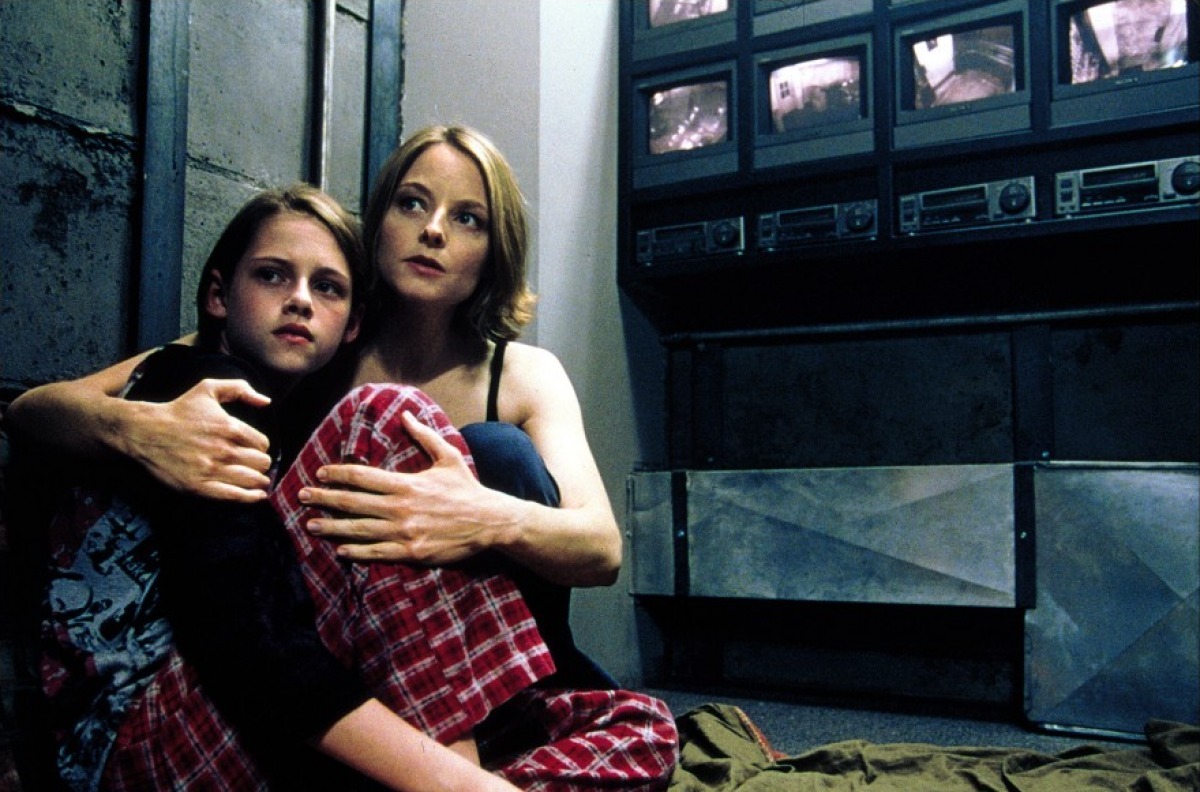
What follows is a high-stakes game of cat and mouse. The panic room, meant to be a sanctuary, becomes a prison as the intruders realize the money they seek is inside the room. Burnham, the most morally conflicted of the group, tries to keep the situation from escalating, while Raoul grows increasingly desperate and violent. Meg, driven by her fierce maternal instincts to protect her daughter, must outwit the burglars using every resource at her disposal, including the surveillance cameras, limited communication systems, and her ingenuity.
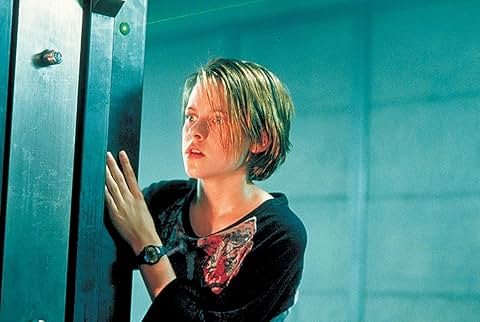
The film intensifies as Sarah, who has diabetes, begins to suffer from a severe hypoglycemic episode, forcing Meg to make desperate decisions to save her daughter’s life. The confined setting amplifies the tension, as every creak of the floor and shadow in the hallway heightens the audience’s anxiety. Fincher’s meticulous direction, combined with the film’s tight editing and atmospheric cinematography, creates a sense of relentless suspense.
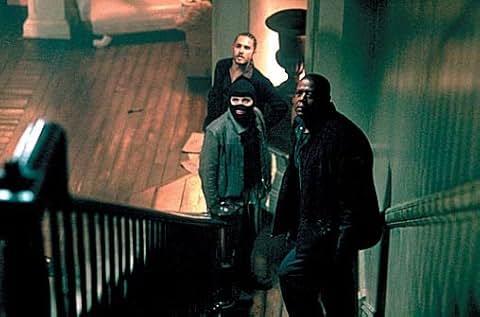
“Panic Room” is not just a thriller about a home invasion but also a psychological drama that delves into themes of fear, survival, and moral ambiguity. Each character is well-developed, and the film plays with the viewers’ sympathies, especially with the character of Burnham, who is torn between his desperation for money and his unwillingness to harm the innocent. Jodie Foster delivers a compelling performance as a mother fighting for her child’s survival, while Kristen Stewart, in one of her early roles, effectively portrays a vulnerable yet resilient young girl.
The film concludes with a nail-biting climax that sees Meg and Sarah narrowly escaping with their lives, while the intruders face the consequences of their choices. “Panic Room” remains a standout thriller in David Fincher’s filmography, praised for its taut storytelling, strong performances, and ability to sustain tension throughout its runtime, making it a masterclass in creating suspense in a confined space.

WATCH:











